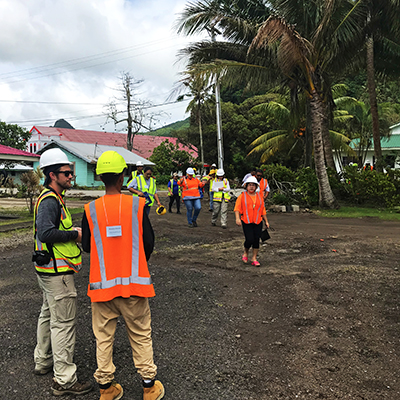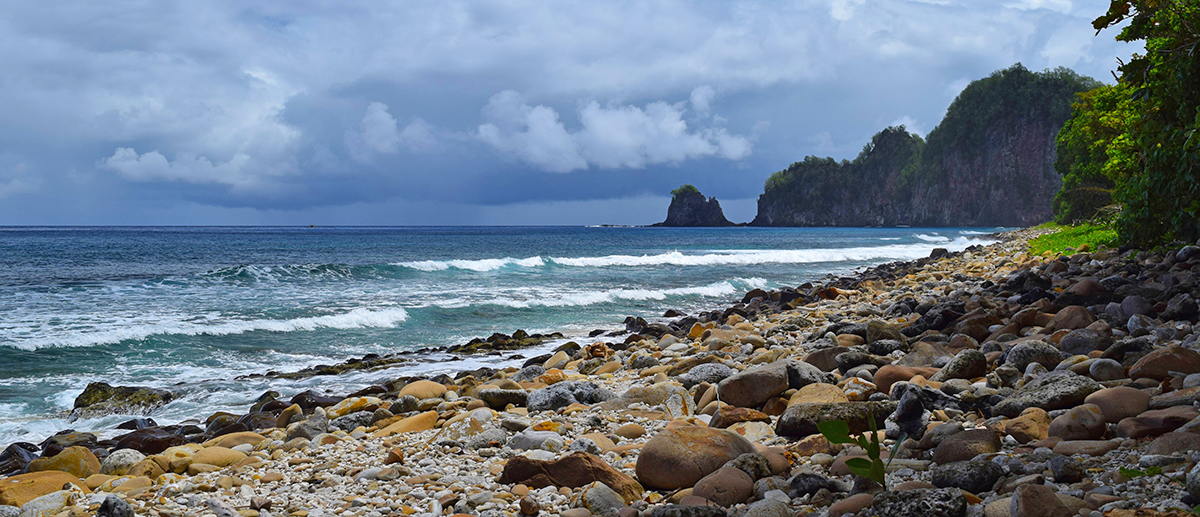Journey to the south Pacific, American Samoa
Geoff Glover, P.E., Sr. Engineer
Geoff has over eight years of professional experience as a civil/environmental engineer specializing in stormwater management, site design, grading and drainage systems, and hydraulic/hydrologic modeling.
“American Samoa, and the entire Samoan Archipelago, is such a unique and enchanting yet fragile place in the world, environmental protection needs to be a priority here…”
Talofa! (hello)!
7,641 miles, 18 hours, and 5 inflight meals. Getting anywhere in the South Pacific takes a bit of planning, whilst traveling back in time and sleeping at a 60-degree angle for as long as you can. In this case, I am headed to the main island (Tutuila) of the United States’ southernmost inhabited territory of American Samoa, a 50-square mile rugged volcanic land mass located 18 degrees south of the equator.
Project Goal
The goal was to to educate and inform contractors and local agencies about the impacts of soil erosion that occurs during land development and how to prevent sediment traveling from a construction site to the ocean.
American Samoan islands, like many islands in the Pacific, are mostly surrounded by fringing coral reefs that protect the shorelines from wave energy that is constantly stirring in the vast blue void covering 71 percent of the Earth’s surface. These reefs are vital for the longevity of coastal Samoan communities and their island history that has developed over the past millennia. Unfortunately, they are also extremely vulnerable to land-based sources of pollution like sediment from construction sites.
Arrival
Stepping out of the customs checkpoint at Pago Pago International Airport, I could immediately tell we weren’t in Kansas (Cape Cod) anymore. First of all, we were outdoors and immediately sweating and secondly, there seemed to be a large welcoming committee for the incoming travelers. With the only flights to and from the US on Monday and Thursday evenings, and the long distance from the mainland, the airport becomes a great place for impromptu reunion or farewell parties for many locals. But there we were, four pālagis (pronounced pah-lon-gee – native word for foreigner) navigating their way through the many Samoan families. Despite having just endured the experience of traveling halfway across the world with my head full of new information, there was still room for a couple of Vailimas (a local beer) before turning in for the first night.




Let’s Get to Work!
Over the next four days, we immersed ourselves in island culture and traditions, identifying locations of active construction sites scattered about the island, and engaging in MANY conversations – the main topic – soil erosion and the importance of sediment control.
We presented to a group of 20 local contractors from several different construction companies on island. While they were extremely knowledgeable about construction techniques on their island, engineering & problem solving, and typical sequencing of day-to-day construction activities – there was a lack of awareness of how best to both minimize erosion and control the amount of sediment leaving a site. Which is why we were there. Our expertise is in protecting fragile environments from the impacts of human activities on land, and we have been training contractors and inspectors about these important issues throughout the Pacific for over 10 years!
What’s Wrong With a Little Dirt?
During construction when natural vegetation is removed and the ground is disturbed, the newly exposed soil becomes highly susceptible to erosive forces when it rains. There are several factors on tropical islands that heighten this effect – total amount of rain (e.g., over 200 inches per year in parts of Tutuila!), rainfall intensity and frequency, mountainous terrain, and fine-grained soils. These factors can result in extreme amounts of sediment-laden runoff that can suffocate the downstream aquatic environment, in particular, coral reef ecosystems. The on-the-ground construction workers are often the last line of defense! Properly installed and maintained erosion and sediment controls can help reduce the amount of sediment leaving the site and protect this delicate environment.

My Takeaway
American Samoa, and the entire Samoan Archipelago, is such a unique and enchanting yet fragile place in the world. Environmental protection needs to continue to be a priority here, including erosion and sediment control for construction sites. This was an extremely rewarding experience as we were able to transfer this idea and knowledge with the locals. On our final day, we received parting gifts from our trainees along with countless “Fa’afetai tele lava (thank you very much)” – truly a special moment. All the travel, long workdays, jet lagged mornings, loss of fluids (sweat, so much sweat…), and little bedroom critters were worth the opportunity to inspire a new fleet of “sediment warriors” on American Samoa!
